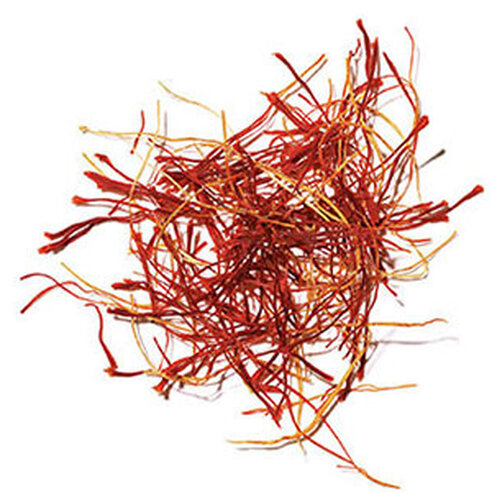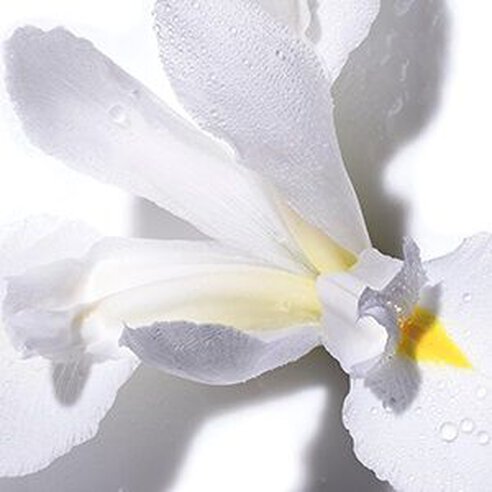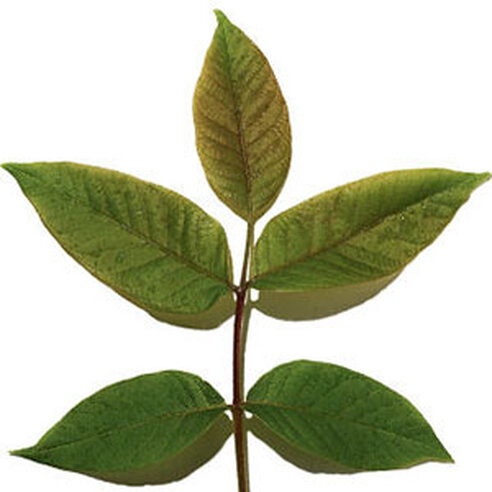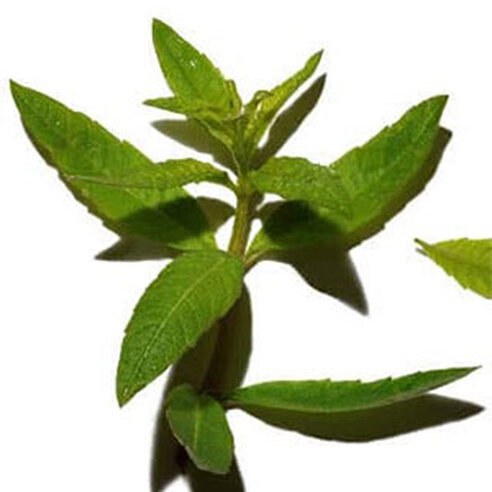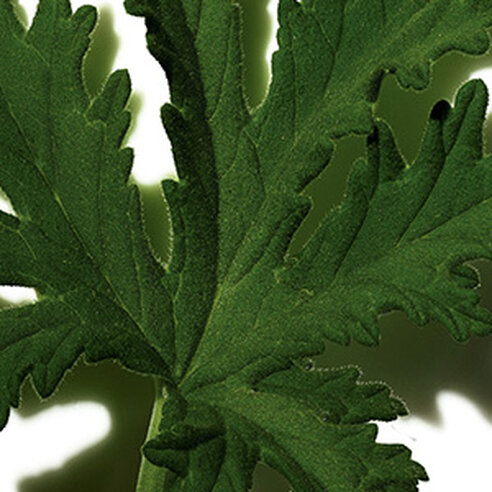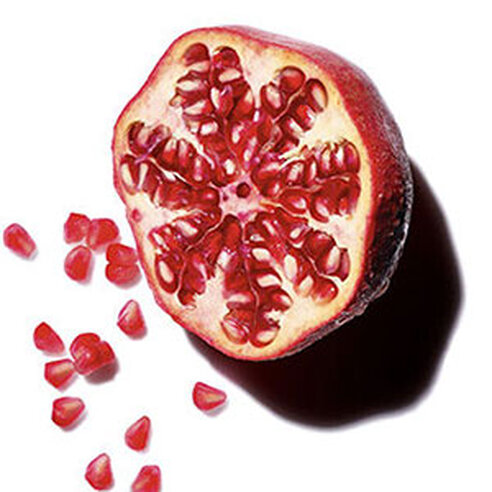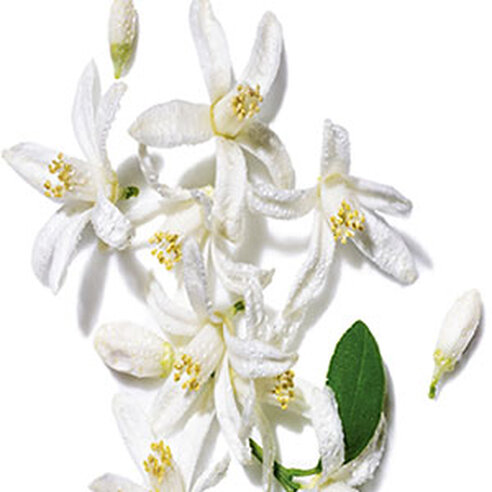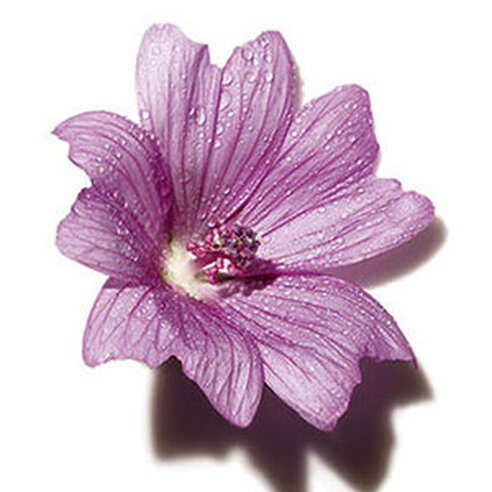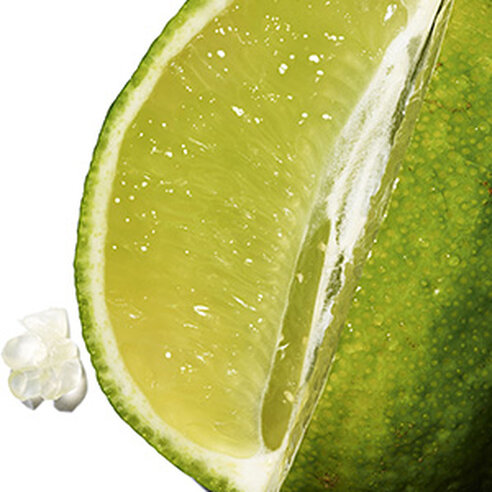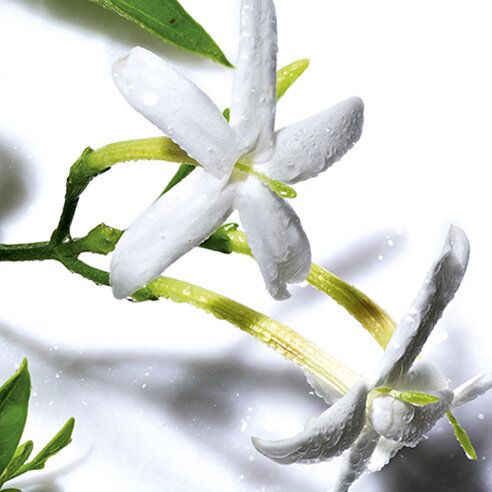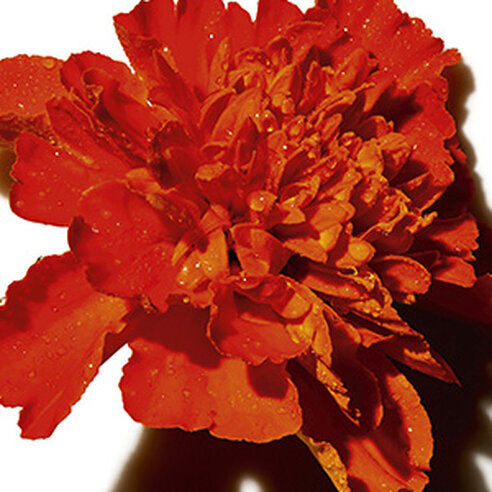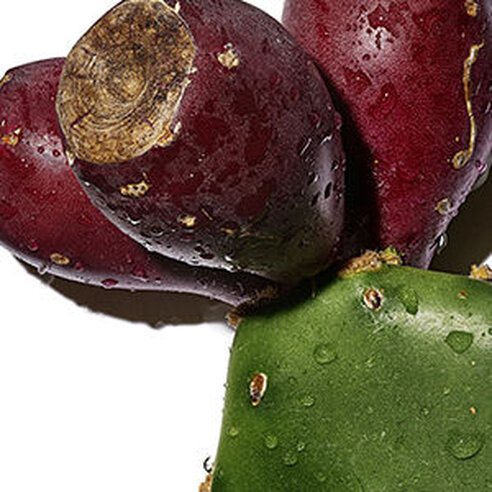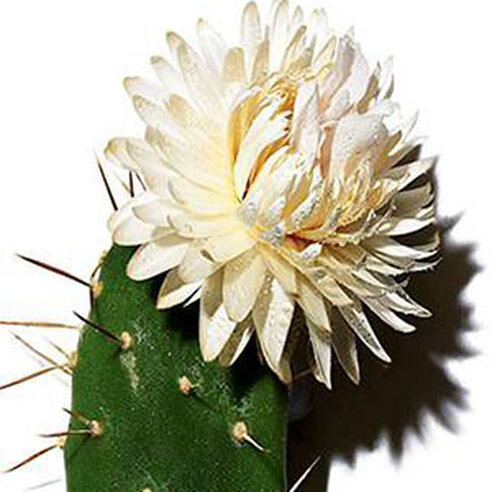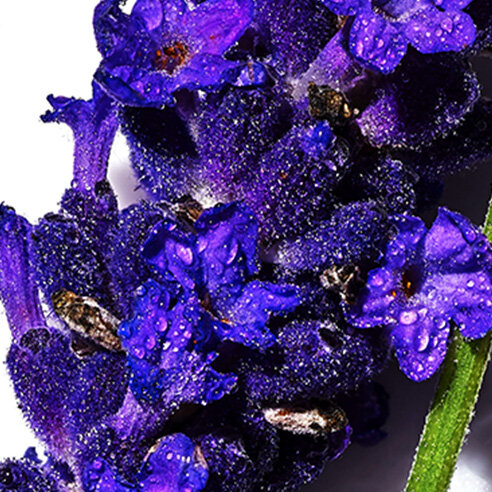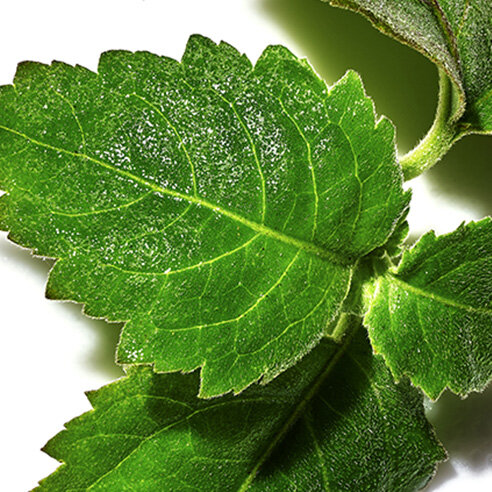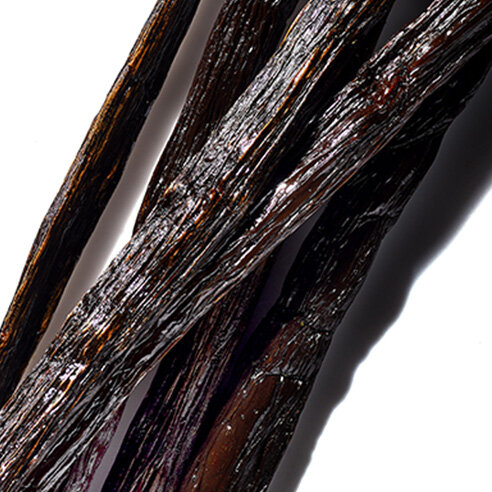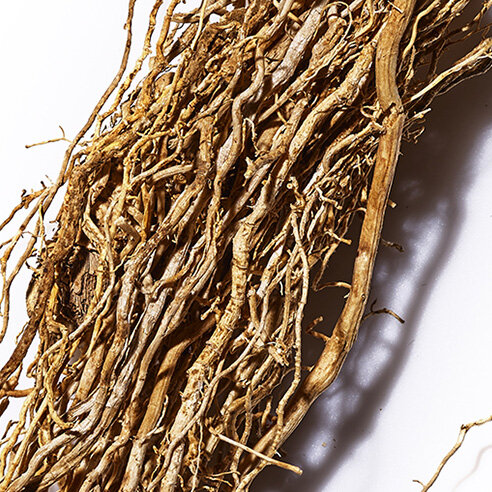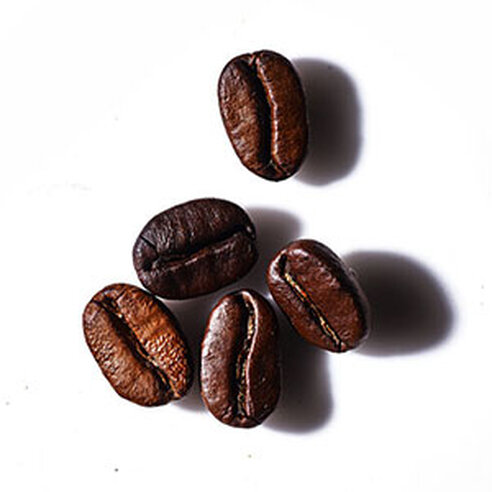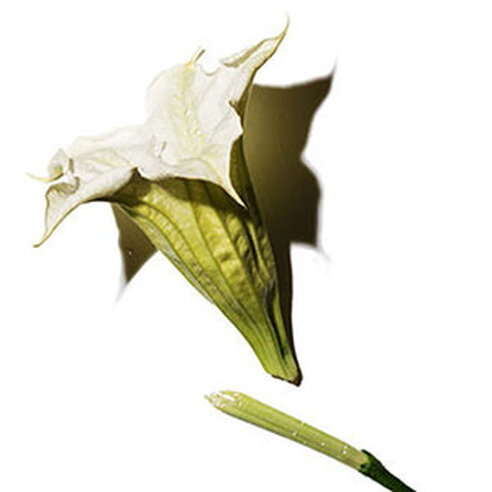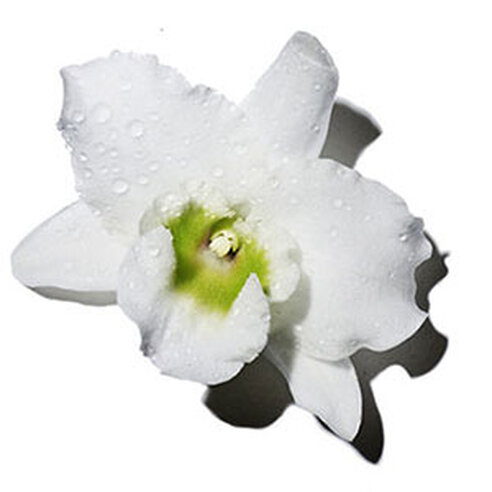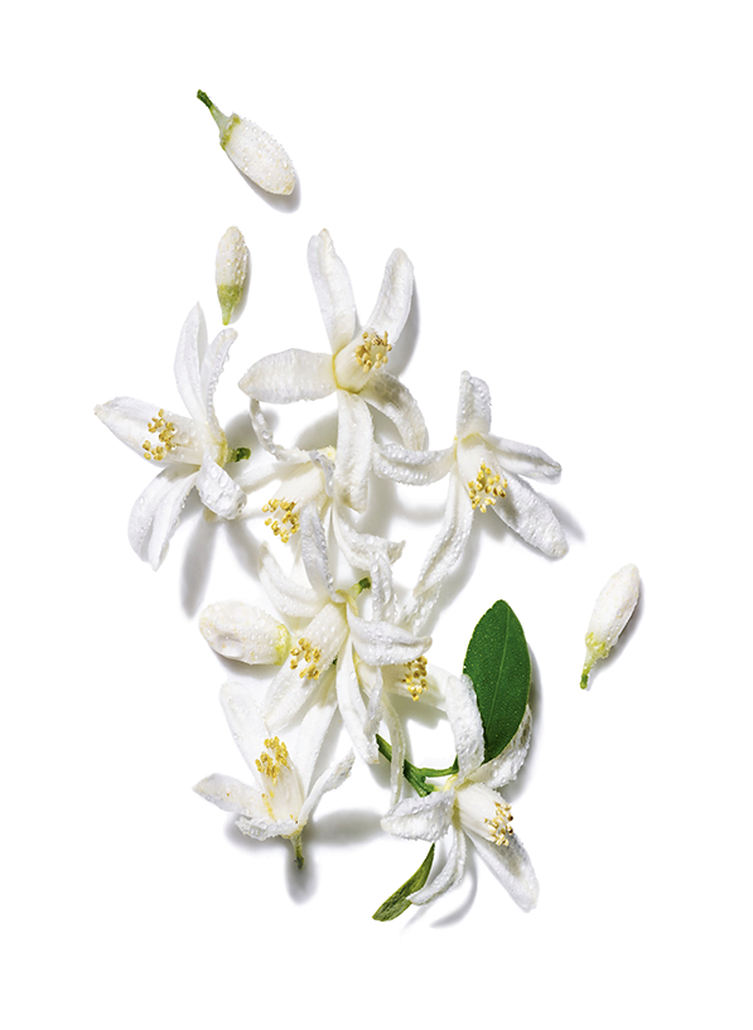
ORANGE BLOSSOM
Botanical name : Citrus aurantium amara
PART OF THE PLANT
Flower
ACTIVE MOLECULES
Carotenes, coumarins,
flavonoids, essential oil,
limonenes,
methyl-tyramine,
naringin,
neohesperidine, pectins,
synephrine, vitamin C.
BENEFIT
Smoothing, antioxidant
Origin: YSL Beauty Ourika Community Gardens, Morocco
A BURST OF ENERGY
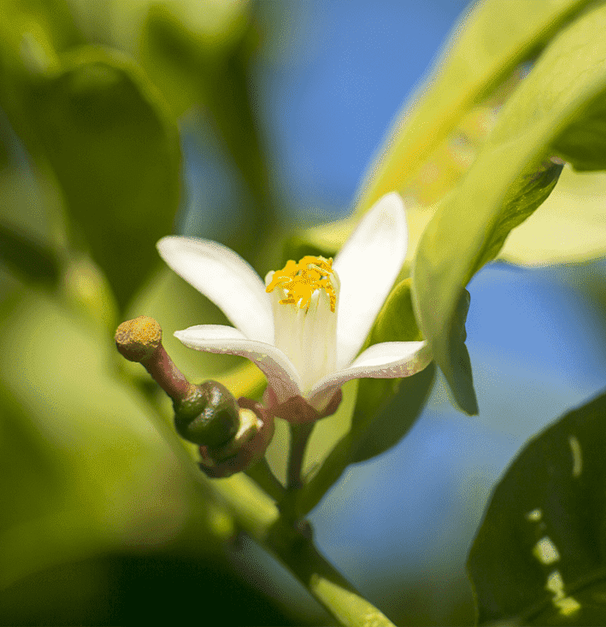
A BURST OF ENERGY
To Yves Saint Laurent, energy and creativity are closely entwined. In the natural world, orange fruit is a familiar source of vitamin C. Is it a poetic coincidence, then, that the fragrant orange blossom makes skin cells more receptive to vitamin absorption? Fruit and flower are clearly products of the same tree.
ORIGIN & HISTORY
Native to the southeast foothills of the Himalayas, the bitter orange tree has been cultivated for more than 2,000 years in China. The delicate, sensual scent of its pure, white flowers has made it a coveted ornamental tree. From the Orient, this precious tree was brought to the shores of the Mediterranean. It acclimatised perfectly in the region, particularly in Spain, where it still embellishes the alleys and gardens of Seville.
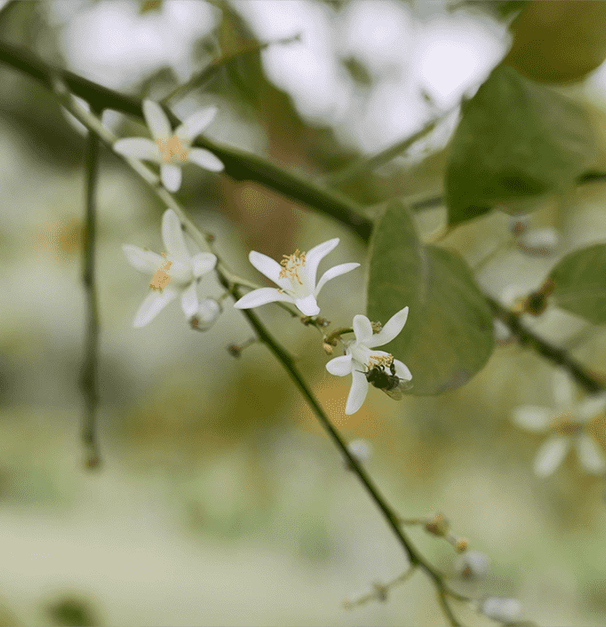
CULTIVATION
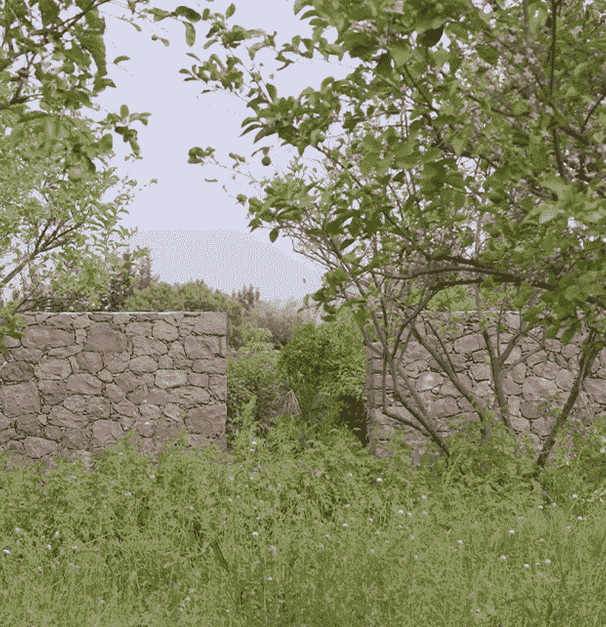
CULTIVATION
The bitter orange tree is a small, thorny and evergreen tree with fragrant white or pink flowers and edible, but bitter, fruits. In Morocco, the flowers are harvested between February and April. Orange blossoms are picked by hand, taking care to pick only open flowers.
BENEFITS
The orange blossom’s anti-inflammatory properties soothe damaged skin and skin disorders. It is also highly effective in regenerating the skin and restoring its radiance.

